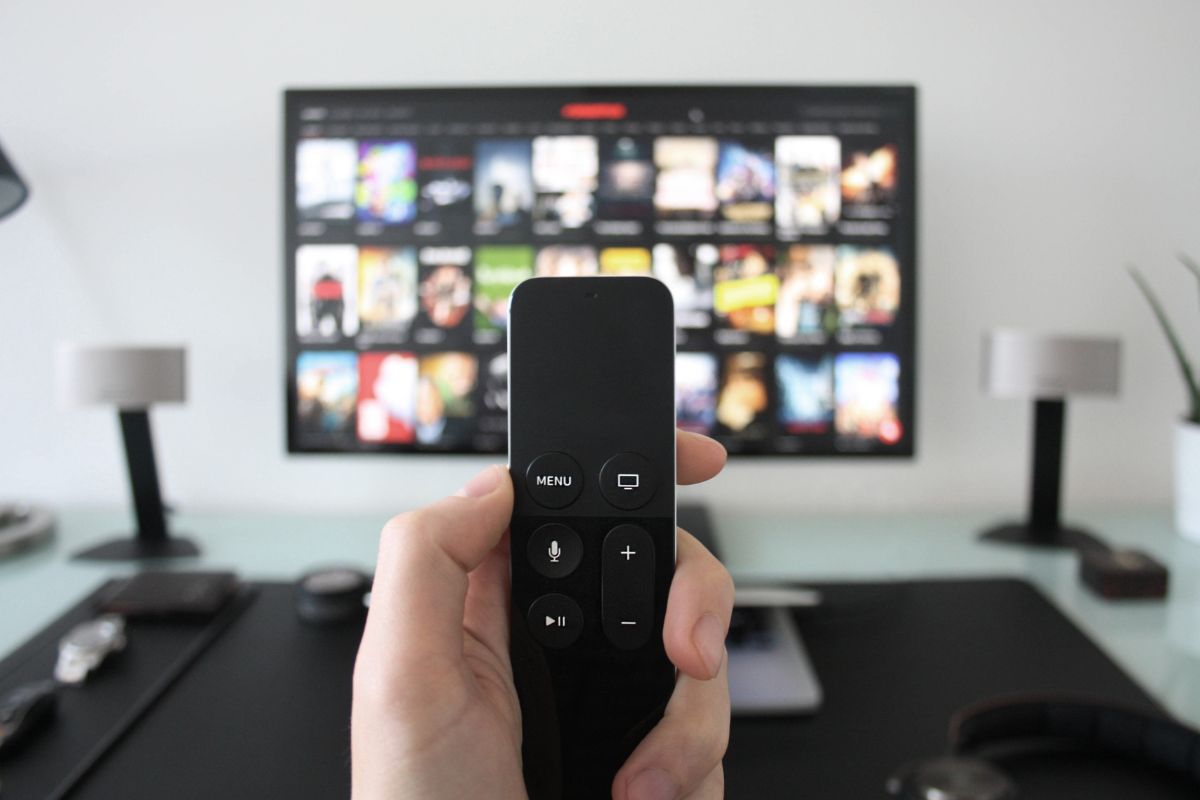In the realm of advertising, precision targeting is the holy grail, and addressable TV advertising offers just that. Unlike traditional TV ads, this innovative approach delivers tailored messages to specific households or individuals, revolutionizing how brands connect with their audience.
Maybe you haven’t heard of addressable TV before. But you’ve definitely seen it. It’s the technology behind those eerily specific ads that seem to know exactly what you’re interested in watching, even though you’re watching the same live broadcast as everyone else.
In today’s article, we’ll dive into the world of addressable TV advertising and understand how it’s revolutionizing the way cable TV advertisers reach their target audience.
Table of Contents
What Is Addressable TV?
Addressable TV is an innovative advertising technology that allows advertisers to segment TV audiences into smaller groups or even individual households (hence the name, “addressable” TV). It delivers personalized ad content based on various factors such as demographics, interests, and viewing behavior.
Set-top boxes and smart TVs collect data, which is then used to target specific households with relevant ads. This data includes viewing history, channel preferences, and even online behavior. Advertisers can then use this information to create customized ads that are more likely to resonate with the targeted audience.
How Does Addressable TV advertising Work?
Addressable TV works through a process known as “ad insertion.” During a live broadcast, there are designated slots for traditional ads. With addressable TV, these ad slots can be replaced with targeted ads that are tailored to specific households. And, with programmatic ad buying, this process can happen in real-time.
Here’s a step-by-step outline of the journey from start to finish:
- Set-top boxes and smart TVs collect data on viewing behavior, interests, and demographics.
- Advertisers use this data to create personalized ads for specific households or audience segments.
- During a live broadcast, the designated traditional ad slots are replaced with targeted ads in real-time.
- The targeted ads are delivered to the designated households or audience segments, reaching only those who are most likely to be interested in the product or service being advertised.
- After the ads are broadcast, data regarding viewership, engagement, and response are collected and analyzed. This measures the effectiveness of the campaign.
How Do Businesses Buy Addressable TV Ads?
Of course, traditional TV buying is much less complicated because you’re paying upfront for a preset number of ads that will be broadcasted during specific shows or timeslots. With addressable TV, the process is more dynamic and data-driven.
Advertisers engage demand side platforms (DSPs) and data management platforms (DMPs) to manage their buying process and audience targeting. These platforms facilitate the collection of advertisers’ requirements, allowing them to purchase specific ad spaces that align with their target audience. Ad Exchanges then automate the evaluation and transaction of this advertising inventory in real-time.
Multichannel video programming distributors (MVPDs) and cable providers, utilizing third-party data, deliver these customized ads to the appropriate households. Addressable TV allows for the delivery of distinct ads to different viewers even when they watch the same program, enhancing ad relevance and viewer engagement.
Benefits of Addressable TV Ads vs. Traditional TV Ads
In short: Viewers see more relevant and interesting ads.
Targeting precision is the main advantage of addressable TV advertising over traditional TV advertising. With traditional TV ads, advertisers have limited control over who sees their ads. They need to rely on broad viewership data from the networks, which aren’t guaranteed to reflect their target audience.
Addressable TV advertising allows for more efficient targeting. Advertisers can ensure that their ad is only shown to households or audience segments that are most likely to be interested in their product or service. This not only reduces ad waste but also increases the ROI for advertisers.
Moreover, with traditional TV ads, viewers often see repetitive and irrelevant ads, which can cause annoyance and disengagement. With addressable TV, they’re more likely to see ads that align with their interests, resulting in a better viewing experience throughout the whole programming.
Addressable TV vs. Connected TV
There’s an important distinction to be made between addressable TV and connected TV. While both are modern advertising solutions, they differ in how they reach their target audience.
Addressable TV uses traditional cable or satellite providers’ infrastructure to deliver targeted ads. Connected TV relies on internet-connected devices such as smart TVs, streaming sticks, or gaming consoles. It streams content over-the-top (OTT), which means it bypasses traditional cable or satellite providers.
Addressable TV Advertising Best Practices
To make the most out of addressable TV advertising, here are some best practices to keep in mind:
- Know your target audience and use data to create personalized ads that resonate with them.
- Use dynamic ad insertion to ensure real-time delivery of targeted ads during live broadcasts.
- Invest in programmatic ad buying technology to streamline the process and make data-driven decisions for ad placement.
- Continuously analyze and optimize your campaigns based on viewership, engagement, and response data. This will help improve ROI and target audience effectiveness over time.
The Future of Addressable TV Advertising
Addressable TV is still a relatively new technology, but it’s already making waves in the world of television advertising. As more households cut the cord and rely on streaming services, traditional TV ad revenue is declining. In fact, just 25% of U.S. households will have a traditional cable subscription by 2024.
This shift in consumer behavior presents a huge opportunity for addressable TV advertising, though. There will always be a use case for targeted television ads, and addressable TV is the future of how those ads will be delivered for live broadcasts like the Super Bowl or the Grammys. So, your ability to use of addressable TV as part of your ad strategy is only going to become more critical.
















